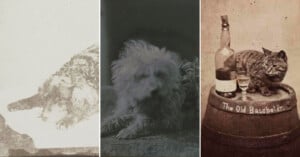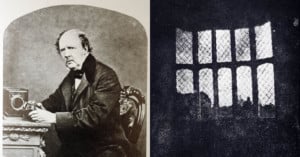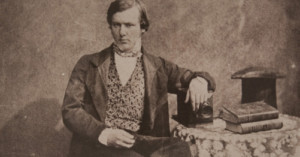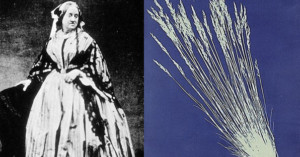
The Very First Pets Ever To Be Photographed
For nearly as long as there have been cameras, there have been photos of pets, some of which date back to the early 1800s.

For nearly as long as there have been cameras, there have been photos of pets, some of which date back to the early 1800s.

William Henry Fox Talbot was on his honeymoon at Lake Como in northern Italy in 1833. He was trying to sketch the beautiful lake and the surrounding scenery but was becoming increasingly frustrated with his lack of drawing skills. He used a camera lucida and a camera obscura, two devices that use lenses to project an image onto a piece of paper to aid in drawing, but he didn’t find either one very satisfactory.

A British group working to preserve the work of influential 19th-century photographer William Henry Fox Talbot has discovered previously unseen work by the innovator.
A project led by Oxford University's Bodleian Libraries has been working to preserve the largest extant pivate collection of Talbot's work since family members revealed last year that they were working with a New York dealer who could sell key works to private collectors.

If you've never heard a basic overview of the history of photography, then this cute little animated video from TED-Ed is here for you. It covers everything from the invention of the camera obscura, to the battle between the calotype and the daguerreotype, to the rise of portable cameras.

Here's a little photographic history lesson to get your Thursday morning started off right. Did you know that the woman many sources believe was the first female photographer was an English botanist by the name of Anna Atkins?
Atkins repurposed the cyanotype process (discovered by Sir John Herschel in 1842) from a way of making photocopies of notes and diagrams (i.e. blueprints) to a way of making photograms of plants.